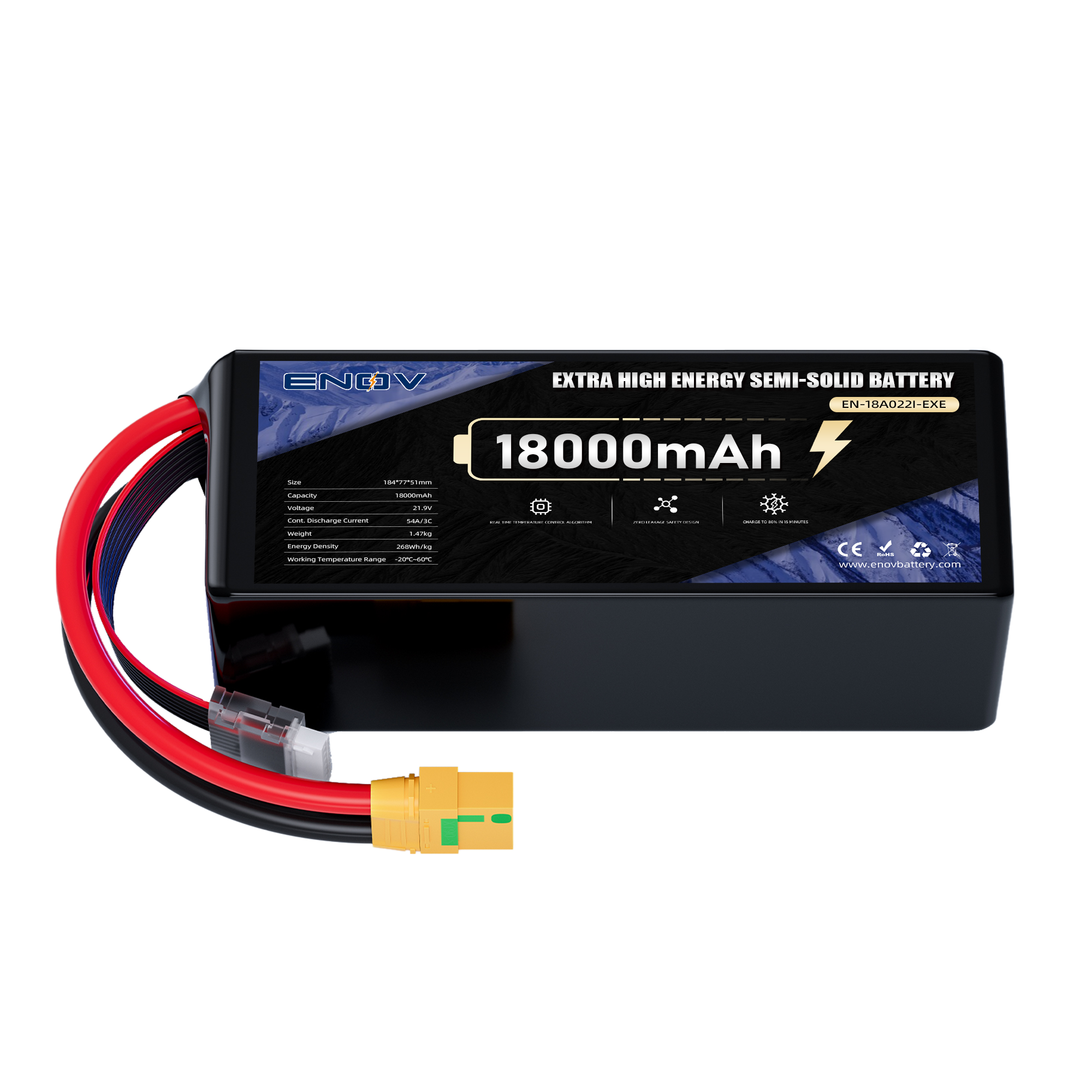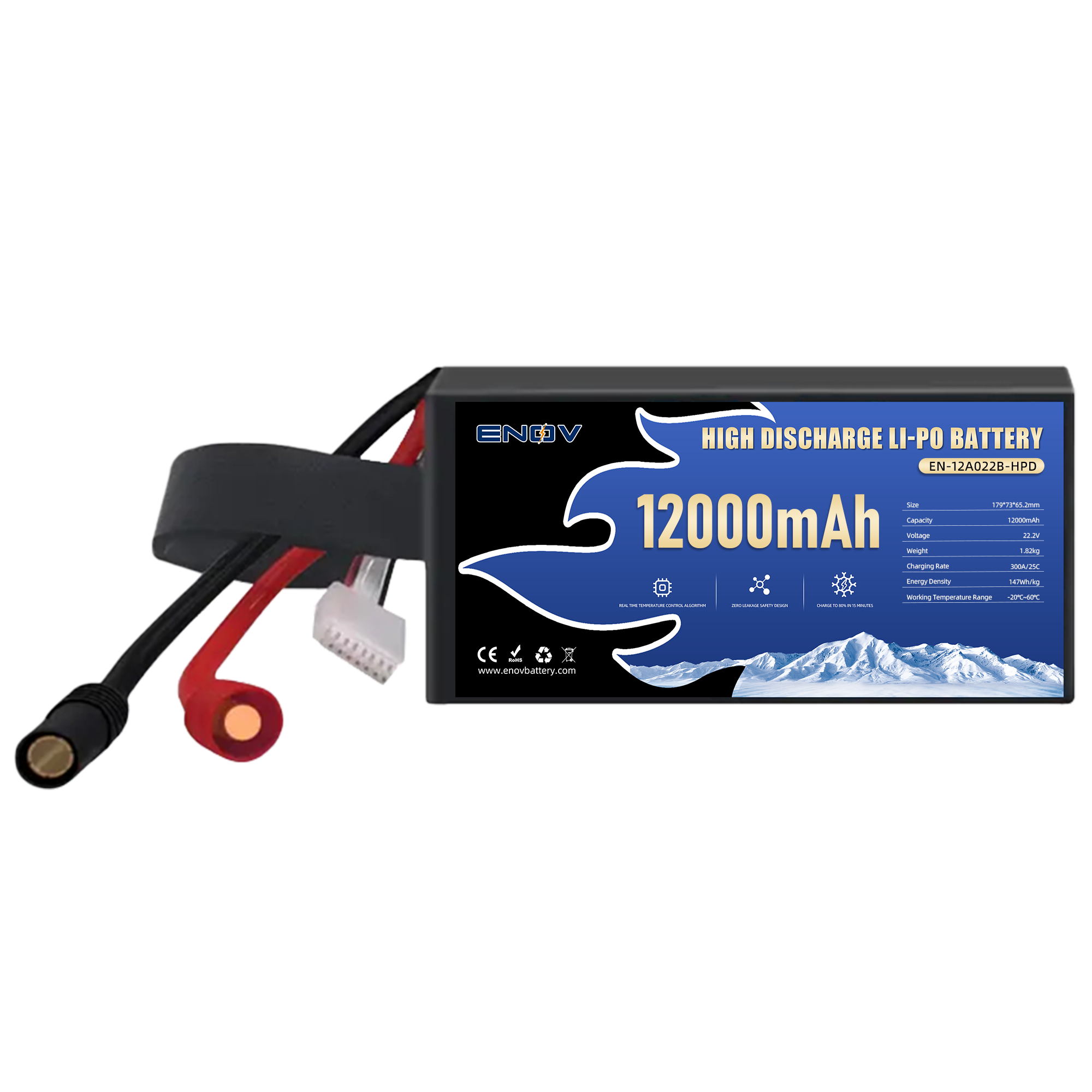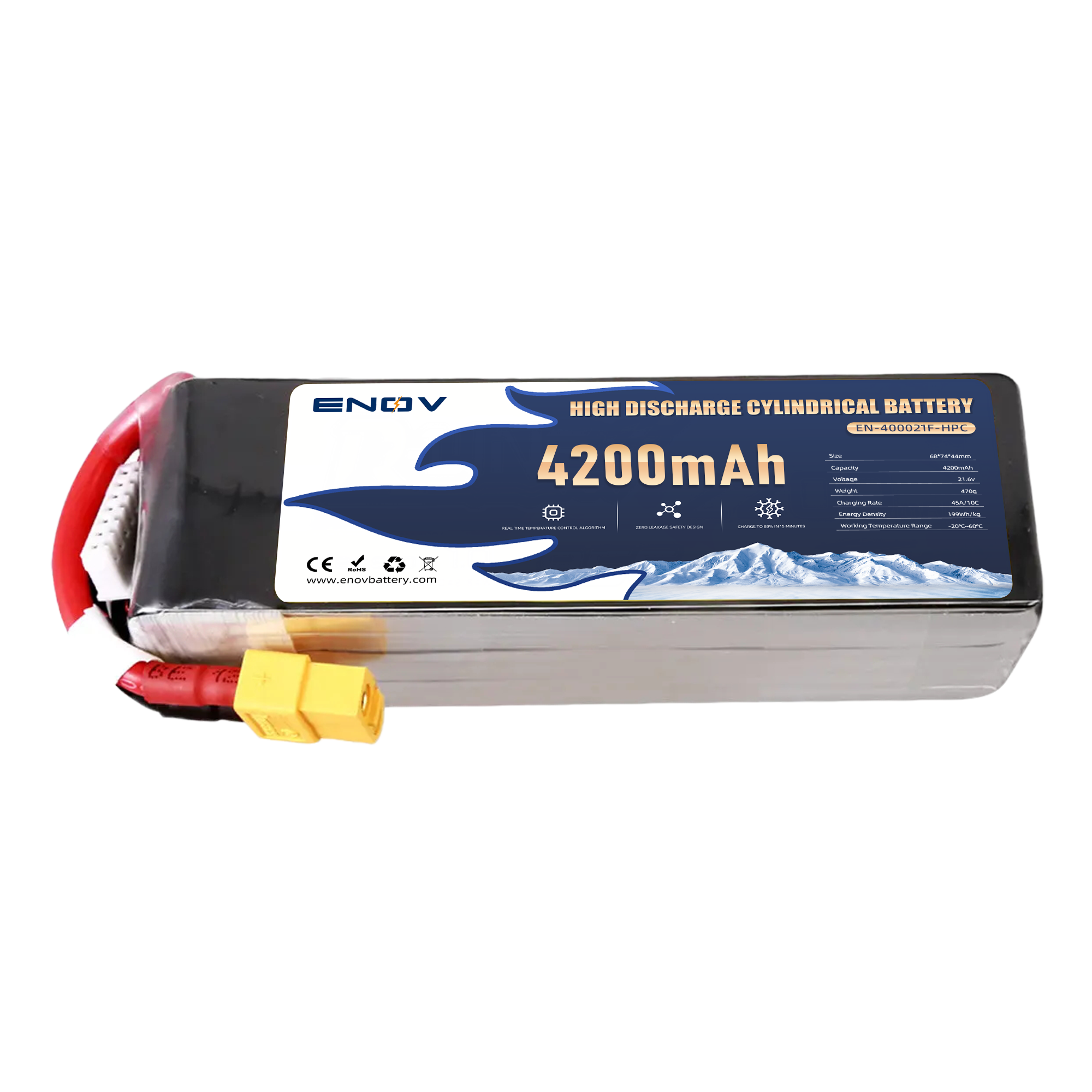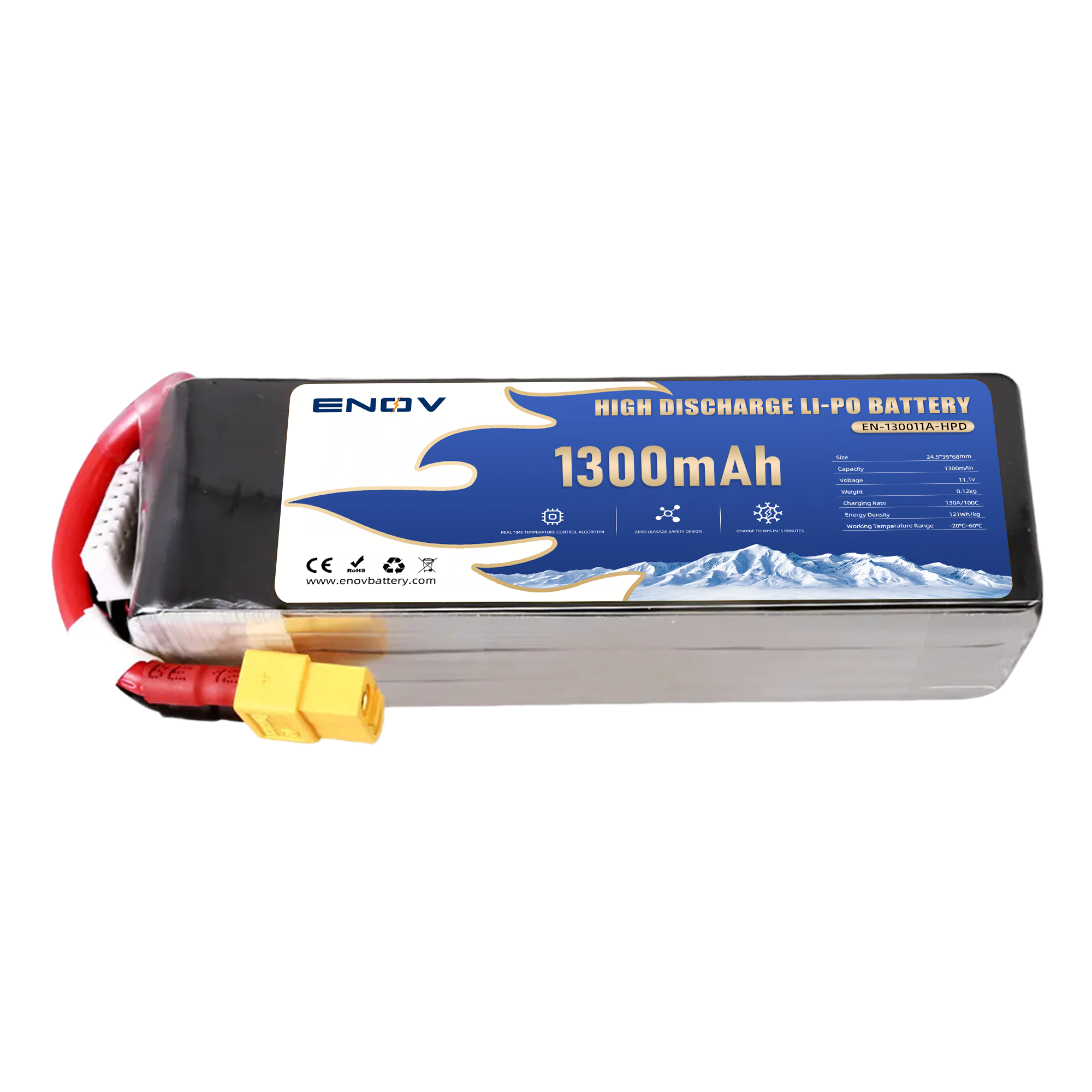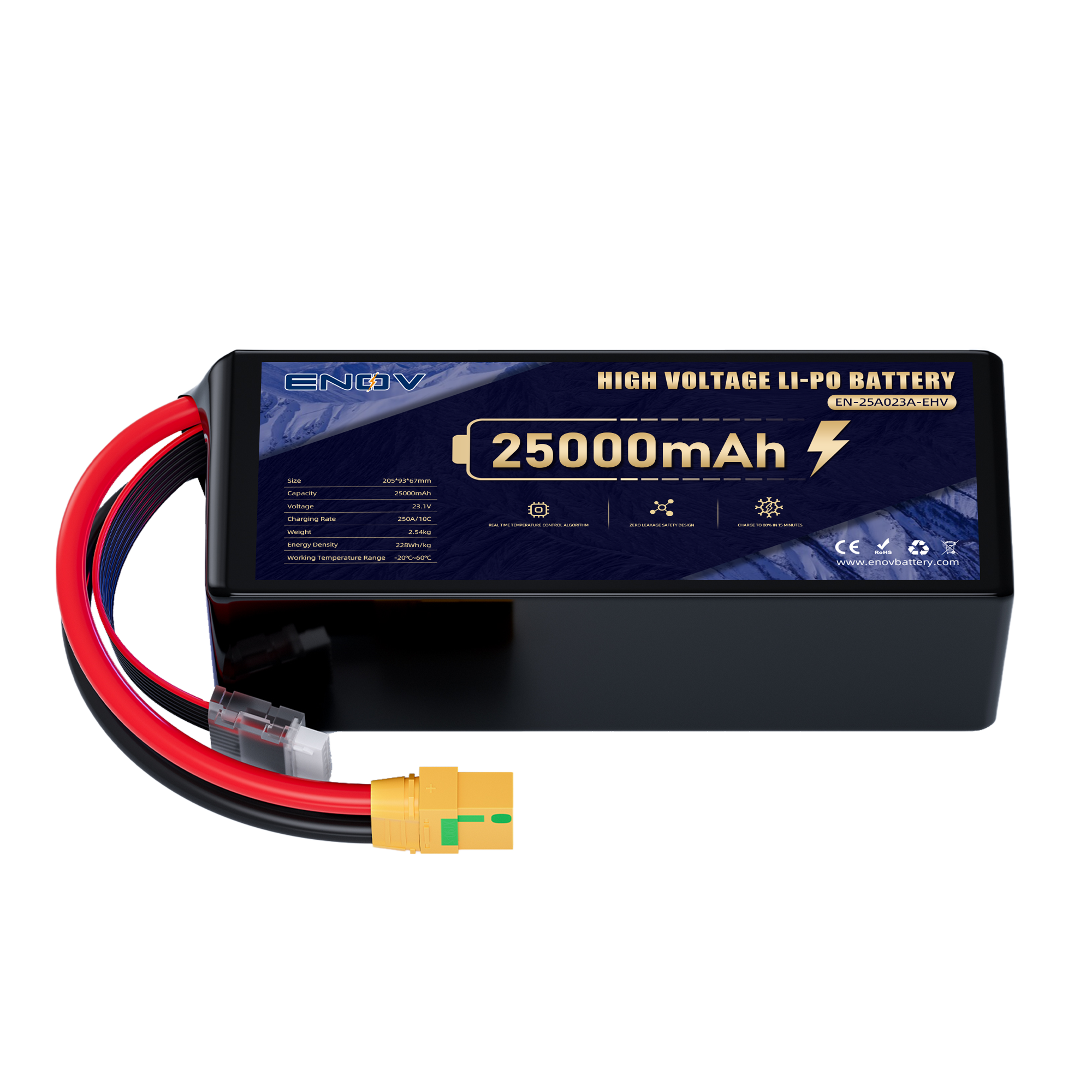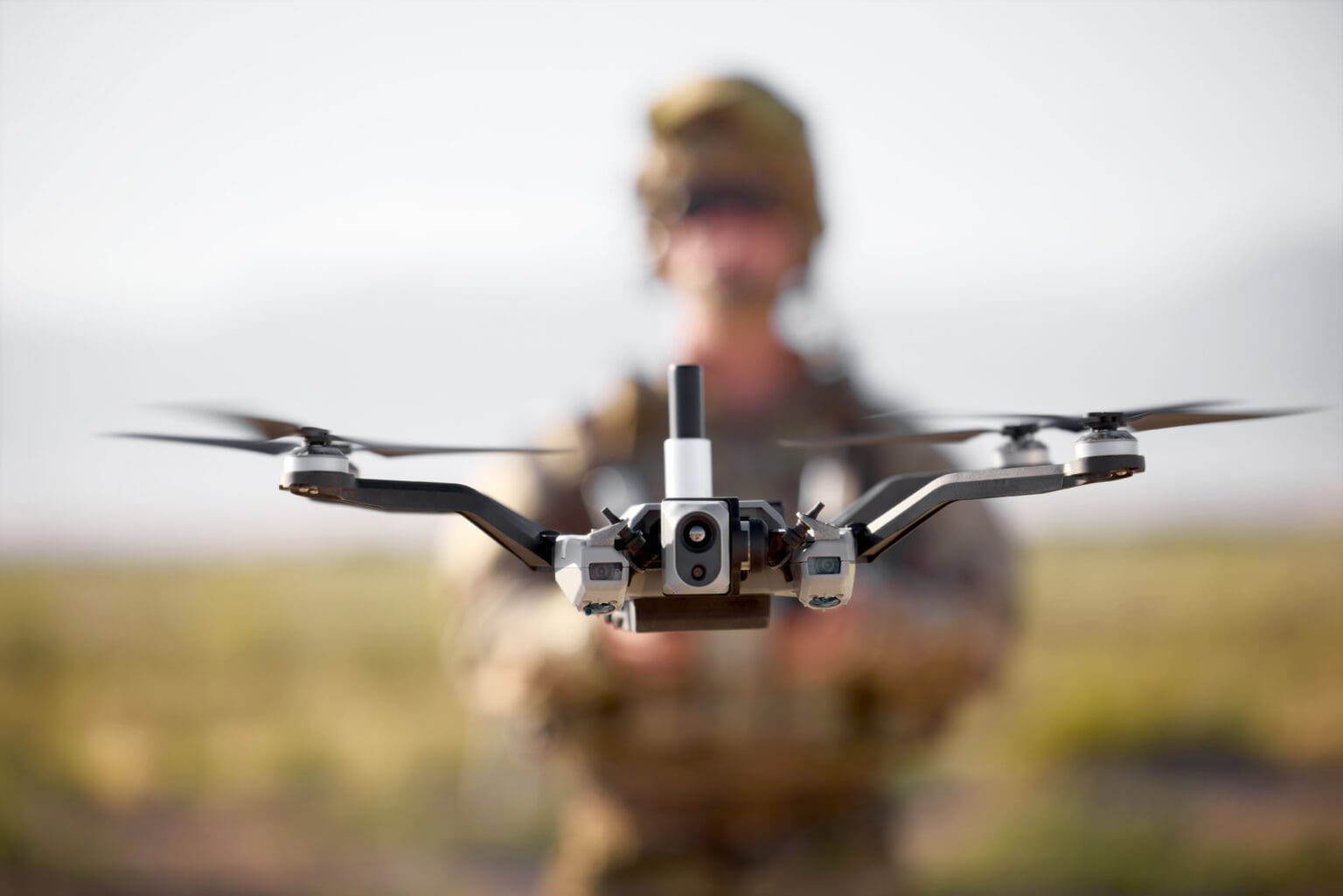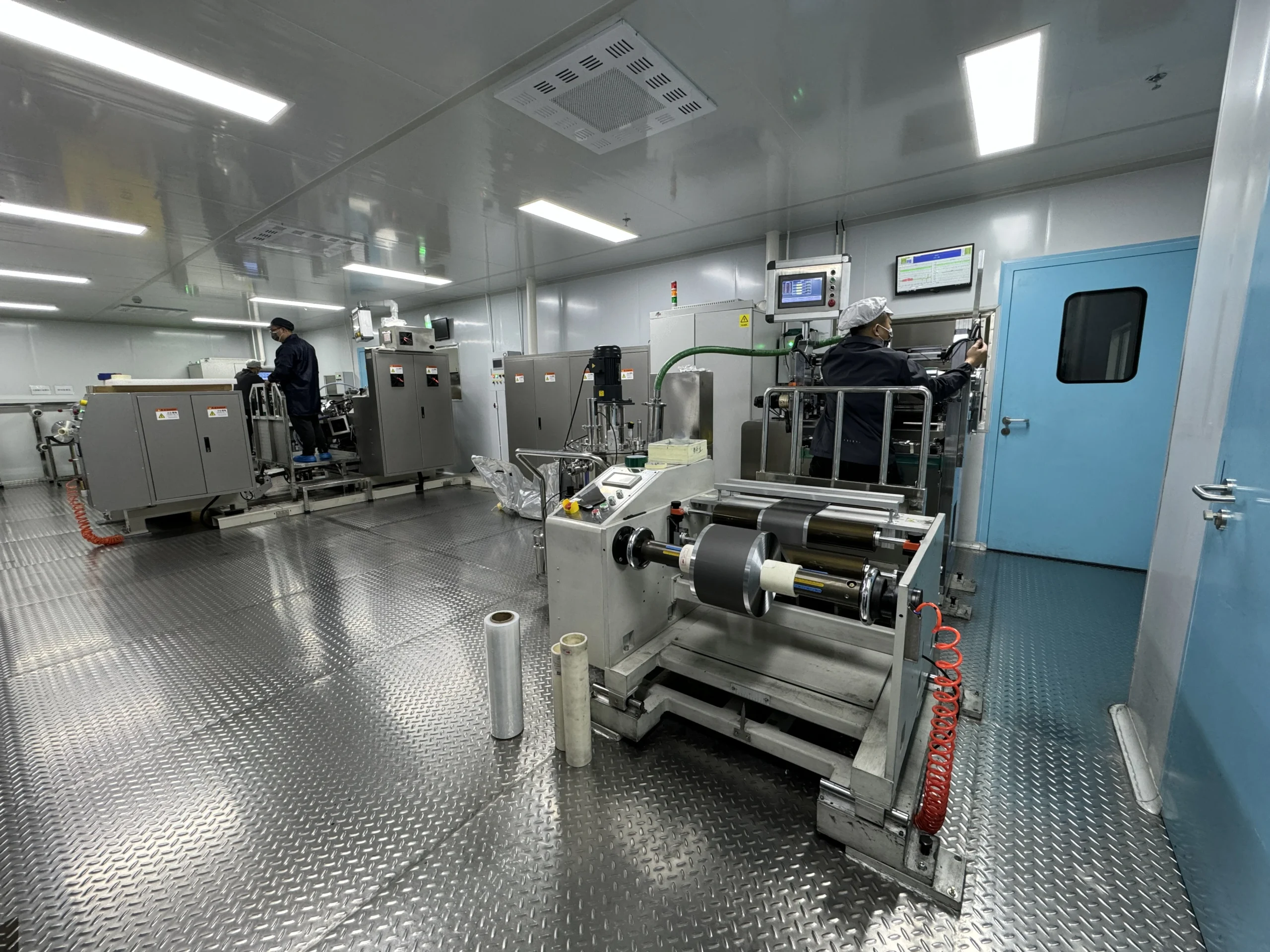Certification and Regulatory Compliance in System Compatibility Testing:
Navigating Global Standards
Certification and Regulatory Compliance in System Compatibility Testing: Navigating Global Standards
Certification and regulatory compliance in system compatibility testing form the backbone of product reliability and market acceptance. By aligning with international standards like CE, FCC, and IEC, manufacturers ensure seamless integration of systems while meeting legal obligations across regions.
For instance, IoT devices requiring wireless connectivity must comply with FCC Part 15 for electromagnetic compatibility (EMC) in the U.S., whereas CE marking validates adherence to EU safety and environmental directives.
These frameworks not only mitigate risks like electromagnetic interference (EMI) but also streamline cross-border trade by harmonizing technical requirements.
thrust
1. The Role of Certification in Market Access
Global markets demand rigorous validation of product safety and interoperability. Consider medical devices: compliance with IEC 60601-1-2 for EMC ensures they operate safely alongside other equipment in healthcare environments.
Similarly, industrial control systems must meet IEC 61508 for functional safety, certifying fail-safe operation in high-risk settings. Third-party laboratories, such as UL Solutions or TÜV Rheinland, conduct pre-compliance testing to identify design flaws early, reducing costly revisions and accelerating time-to-market.
2. Key Regulatory Frameworks and Their Impact
• CE Marking: Mandatory for EU-bound products, CE certification involves technical documentation, risk assessments, and conformity testing. For example, wireless devices combining Bluetooth and Wi-Fi must demonstrate compliance with both EMC Directive 2014/30/EU and Radio Equipment Directive 2014/53/EU.
• FDA 510(k): Medical devices in the U.S. require FDA clearance by proving substantial equivalence to a predicate device. This includes compatibility testing with legacy systems to avoid interoperability failures in clinical settings.
• RoHS and REACH: Restricting hazardous substances like lead or phthalates ensures environmental compliance. Automotive components, for instance, undergo material analysis to meet RoHS thresholds while maintaining compatibility with CAN bus protocols.
3. Streamlining Compliance Through Automation
Advanced tools like AI-driven test harnesses and containerized environments enable scalable validation. Automated scripts simulate multi-protocol interactions—such as HTTP/3 and MQTT coexistence—to detect latency spikes or data mismatches. Furthermore, platforms integrating ISO 26262 workflows for automotive systems automate traceability, ensuring safety-critical software meets ASIL (Automotive Safety Integrity Level) requirements.
4. Addressing Regional Variations and Updates
Regulatory landscapes evolve continuously. The 2023 updates to IEC 62304 for medical device software introduced stricter documentation requirements for Class C systems, emphasizing risk management aligned with ISO 14971. Proactive monitoring of standards like 5G NR (New Radio) ensures compatibility with emerging communication protocols while adhering to regional EMF exposure limits.
5. Partnering with Accredited Bodies for Efficiency
Collaborating with notified bodies simplifies certification. For example, UL’s Global Market Access program consolidates testing for 150+ countries, while TÜV SÜD’s expertise in IEC 62443 ensures industrial IoT systems meet cybersecurity benchmarks. These partnerships provide tailored solutions, such as modular testing for hybrid cloud setups, reducing redundant evaluations.
Conclusion
Certification and regulatory compliance in system compatibility testing are indispensable for achieving global market access and sustaining consumer trust.
By adopting adaptive testing strategies, leveraging automation, and partnering with accredited experts, manufacturers can navigate complex standards while future-proofing products against regulatory shifts. Prioritizing compliance today not only resolves interoperability challenges but also positions businesses as leaders in safety and innovation.
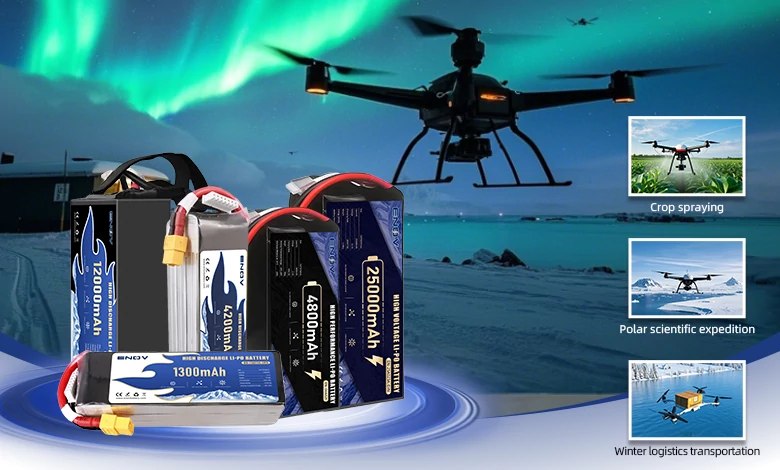
UAV DRONE battery
Enov UAV battery has the most advanced UAV battery new technology, it has a lightweight structural design, ultra-high energy density, stable continuous discharge, customized ultra-high instantaneous discharge, wide temperature working range, stable charge and discharge, battery materials can choose high nickel terpolymer positive/silicon carbon negative material system combined with semi-solid battery technology. Or choose a more mature application of more UAV lithium battery technology, available UAV battery nominal voltage 3.7V, capacity 18.0Ah ~ 30.0Ah, support 10C continuous discharge and 120C pulse discharge (3 seconds). With ultra-high energy density (220-300Wh/kg) as its core advantage, Enov UAV batteries can meet the needs of long-term endurance scenarios such as plant protection drones and transport drones, while maintaining stable emission performance in extremely low temperature environments (-40℃).
Other products
START-STOP LITHIUM BATTERY
LITHIUM ENERGY STORAGE BATTERY
QUICK INQUIRY
FAQ
Access to high frequency technical questions with one click, get accurate answers on product application, after-sales policy and customization process.
Service and Support
Get the latest product specifications, explore professional OEM/ODM customization services, click to open exclusive technical support and production solutions.
Become a Partner
We sincerely invite resources to interconnect, work together for win-win development, and immediately open a new chapter of strategic cooperation!
